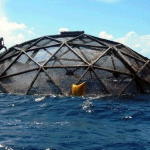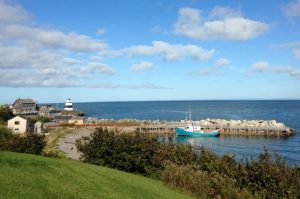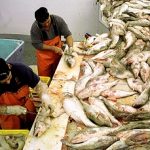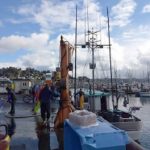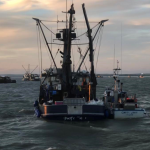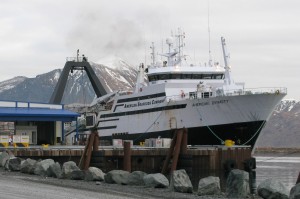Tag Archives: Vessel Stability

Commercial fishing deaths in Canada hit 20-year high
Despite improvements in safety training and awareness, commercial fishing remains one of the most dangerous professions in Canada. The Transportation Safety Board of Canada reports that 45 workers died between 2018 and 2020, the highest three-year total in 20 years. And fishing safety has been on the board’s watchlist of important safety matters since 2010. But fishing fatalities are preventable. The Transportation Safety Board also reports that 29 workers died between 2015 and 2021 after their boats capsized or sank without personal floatation devices or distress-alerting devices. “You’ve got to be prepared for the worst-case scenario, and that’s where we see that they’re not prepared,” said Glenn Budden. >click to read< 19:03
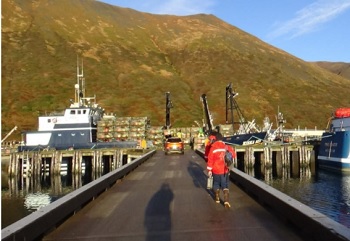
U.S. Coast Guard Works to Make BSAI Crab Fishery Catch Less Deadly in 2021
Within the commercial crab fishing fleet of Alaska’s Bering Sea and Aleutian Islands (BSAI) sail some of the most widely admired and respected fishermen on earth. The BSAI crab fishery was widely considered the most hazardous U.S. commercial fishery in the 1990s after 73 fishing-related fatalities.,, laws did not address the problem of overloading vessels with crab pots, a major cause of vessel disasters and deaths. This gap in safety regulations was partially corrected by the Coast Guard in 1999 with the introduction of a dockside stability and safety compliance check program.,, Recent tragedies in these fisheries have shed light on just how important stability checks are for the fishing fleet. F/V Destination and F/V Scandies Rose sank in February 2017, and New Year’s Eve 2019, respectively, claiming the lives of 11 fishermen. >click to read< 22:50
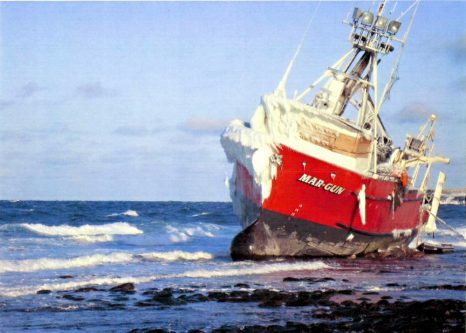
Coast Guard reminds icing dangers, vessel stability for winter fishing season in Alaska
The Coast Guard reminds commercial fishing vessel operators to be aware of the dangers of icing and vessel stability as the winter fishing season gets underway across Alaska. A vessel’s center of gravity can rapidly rise when freezing spray accumulates high above the main deck. Icing conditions exceeding 1.3 inches increase the risk of capsizing and sinking. Operators should use all available resources to determine if icing and freezing spray is forecast in their location for the next 48 to 72-hour time window. If icing conditions are forecast or present, operators should seek shelter, reduce speed, change course and manually remove ice. click here to read press release 15:55
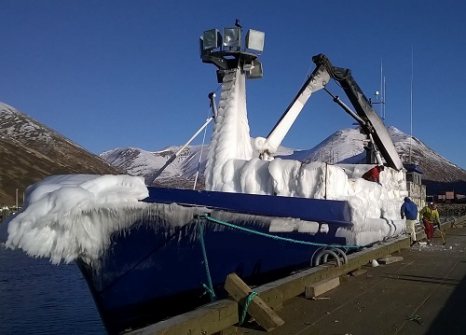
USCG: Remain Upright by Fully Understanding Vessel Stability
The need for operators to understand their vessel’s Stability Instructions (SI) cannot be overstated. It is important to understand the document. Operators and crew should seek out opportunities to further their knowledge of stability via courses, training, workshops, and visits from Naval Architects. They should also take advantage of other various initiatives, both mandatory and voluntary, to discuss and compare a vessel’s current SI to the actual loaded condition prior to departing port. An independent review of a vessel’s loaded condition, equipment, and operations can often provide important insights. click here to read the story 10:21




































